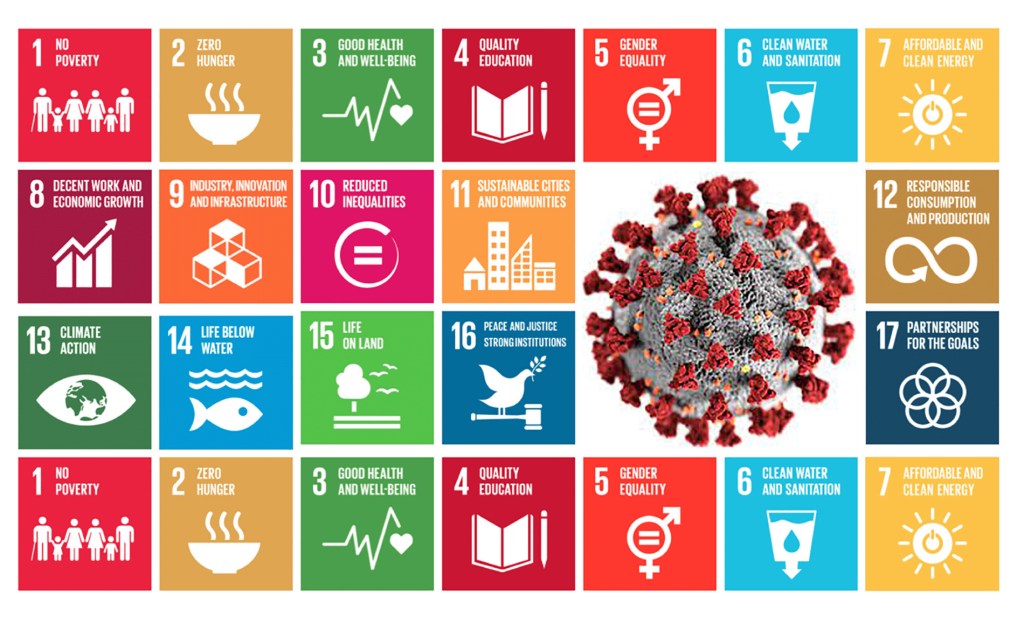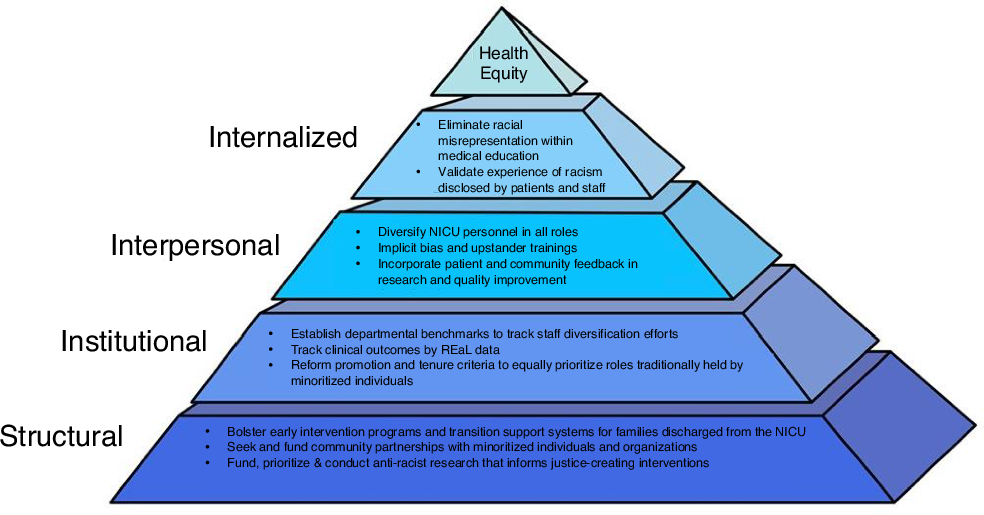Fresh data shows Israeli emigration levels far outpacing immigration over past two years – eJewishPhilanthropy

Report on Emigration Trends in Israel and Implications for Sustainable Development
Executive Summary
Recent data released by the Knesset’s Research and Information Center indicates a significant demographic shift in Israel, with emigration rates surpassing immigration. From January 2022 to August 2024, the country experienced a net loss of approximately 125,000 people. This trend, described by lawmakers as a “tsunami,” presents profound challenges to Israel’s long-term stability and its commitment to achieving the United Nations Sustainable Development Goals (SDGs). The exodus of skilled professionals and academics, in particular, threatens progress on SDG 8 (Decent Work and Economic Growth) and SDG 4 (Quality Education). Furthermore, the lack of a coordinated institutional response highlights critical gaps related to SDG 16 (Peace, Justice and Strong Institutions).
Analysis of Recent Emigration Data
Statistical Overview (2022-2024)
The data indicates a sustained and accelerating trend of emigration, compounded by a decrease in the number of Israelis returning from abroad. Key statistics include:
- A 44% surge in emigration rates in 2022 compared to the previous year.
- A further 39% jump in emigration in 2023, with elevated rates continuing into 2024.
- A net population outflow of approximately 125,000 individuals between January 2022 and August 2024.
Residency Status Terminations
Data from Israel’s National Insurance Institute shows a sharp increase in households actively terminating their residency status, signaling a more permanent intent to leave. The annual number of requests filed is as follows:
- 2015-2021 Average: 2,500 requests per year
- 2022: 3,700 requests
- 2023: 6,300 requests
- 2024: Over 8,400 requests
Impact on National Sustainable Development Goals (SDGs)
SDG 8: Decent Work and Economic Growth
The emigration trend raises significant concerns about a national “brain drain,” which directly undermines SDG 8. The loss of highly skilled individuals, including academics, scientists, and engineers, depletes the human capital essential for innovation and sustainable economic growth. The economic damage from this exodus is estimated to be in the billions of shekels, impacting the nation’s ability to create decent work and maintain economic productivity.
SDG 4: Quality Education
An exodus of academics poses a direct threat to the quality and global competitiveness of Israel’s higher education system, a cornerstone of SDG 4. The Council of Higher Education has acknowledged a critical data gap, with no system in place to track the number of academics employed by Israeli institutions who have left the country. This lack of information prevents the formulation of effective policies to retain educational talent and sustain the country’s research and development capacity.
SDG 16: Peace, Justice and Strong Institutions
The governmental response to the emigration phenomenon reveals weaknesses in institutional effectiveness and accountability, which are central tenets of SDG 16. The Ministry of Immigration and Absorption has stated that its legal mandate does not include preventing emigration, highlighting a significant policy vacuum. The absence of a national strategy, coupled with a dearth of reliable data on the emigrant population, points to a need for stronger, more responsive, and more transparent governance to address this critical national issue.
SDG 10: Reduced Inequalities
Reports suggest that a notable portion of those leaving are recent immigrants, particularly from Russia and Ukraine. This may indicate a failure in social and economic integration efforts, which are crucial for achieving SDG 10. If new citizens do not feel sufficiently supported or integrated into society, their subsequent emigration represents a failure to build an inclusive community and reduce inequalities.
Institutional Response and Identified Policy Gaps
Governmental Mandate and Responsibility
A key finding from the parliamentary committee hearing is the lack of a designated governmental body responsible for addressing emigration. The Ministry of Immigration and Absorption’s mandate is focused on attracting and integrating new immigrants, not on retaining the current population or encouraging the return of expatriates. This creates a gap in governance where a major demographic trend is not being actively managed.
Data Deficiencies and Barriers to Return
The effective formulation of policy is hampered by several factors:
- Lack of Data: There is a critical absence of information regarding the demographics of those leaving, their motivations, and their professional backgrounds.
- Barriers for Returnees: Israeli expatriates who wish to return face significant bureaucratic hurdles, such as the inability to register their children for school without a local address, which disincentivizes their return.
Conclusions and Recommendations
Proposed Actions
Addressing the emigration crisis requires a strategic and multi-faceted approach aligned with national development goals. Opposition members of the Knesset have called for the following actions:
- Develop a National Strategy: Formulate a clear and comprehensive government policy to mitigate the drivers of emigration and create incentives for skilled Israelis to remain in the country.
- Encourage Return: Implement programs and remove bureaucratic barriers to facilitate the smooth return and reintegration of Israeli expatriates and their families.
- Improve Data Collection: Establish a robust system for tracking emigration trends, with a specific focus on academics and skilled professionals, to enable evidence-based policymaking.
- Strengthen Integration: Enhance support systems for new immigrants to foster a greater sense of belonging and opportunity, thereby addressing a key driver of secondary emigration and advancing SDG 10.
Analysis of the Article in Relation to Sustainable Development Goals
1. Which SDGs are addressed or connected to the issues highlighted in the article?
The article on emigration from Israel touches upon several Sustainable Development Goals (SDGs) by highlighting issues related to economic stability, institutional effectiveness, peace, and social inclusion. The primary SDGs connected to the article’s content are:
- SDG 8: Decent Work and Economic Growth: The article discusses the economic consequences of emigration, particularly the “brain drain” of highly skilled professionals like academics, scientists, and engineers. The departure of these individuals, described as people who “can have a profound impact on the Israeli economy,” directly impacts the country’s productivity, innovation, and long-term economic growth.
- SDG 10: Reduced Inequalities: The article touches on the integration of immigrants, noting that a portion of those leaving are recent arrivals from Russia and Ukraine. This points to a “failure of the government to sufficiently integrate these recent arrivals into Israeli society,” which is an issue of social inclusion and inequality of opportunity for specific population groups.
- SDG 16: Peace, Justice and Strong Institutions: This goal is central to the article. The surge in emigration is linked to conflict, specifically “in the wake of the Oct. 7 attacks.” Furthermore, the article highlights significant institutional weaknesses, such as a “dearth of information about those émigrés,” a lack of a “national strategy to address the emigration issue,” and a ministry that does not see preventing emigration as part of its legal mandate. This points to a failure of institutions to be effective, accountable, and responsive to a major national challenge.
- SDG 4: Quality Education: The specific concern about a “brain drain” of Israeli academics leaving the country directly threatens the quality and sustainability of the nation’s higher education system. The article notes the Council of Higher Education does not have data on this, which undermines the ability to manage and maintain a high-quality tertiary education and research sector.
2. What specific targets under those SDGs can be identified based on the article’s content?
Based on the issues discussed, several specific SDG targets can be identified:
- Target 8.2 (under SDG 8): “Achieve higher levels of economic productivity through diversification, technological upgrading and innovation…” The article’s concern over a “brain drain” and the loss of academics, scientists, and engineers who were “central to the development of the country’s modern economy” directly relates to this target. Emigration of such skilled labor undermines a nation’s capacity for innovation and economic productivity.
- Target 10.2 (under SDG 10): “By 2030, empower and promote the social, economic and political inclusion of all, irrespective of…origin…” The article suggests that one reason for the emigration of recent immigrants from Russia and Ukraine is a “failure of the government to sufficiently integrate these recent arrivals.” This points to challenges in achieving full social and economic inclusion for this group.
- Target 10.7 (under SDG 10): “Facilitate orderly, safe, regular and responsible migration and mobility of people…” While often focused on immigration, this target also applies to emigration. The article describes a “tsunami” of people leaving and a government without a strategy to manage it, indicating a lack of orderly or well-managed policy regarding this significant population movement.
- Target 16.1 (under SDG 16): “Significantly reduce all forms of violence and related death rates everywhere.” The article explicitly links the surge in emigration to conflict, noting it jumped “particularly in the wake of the Oct. 7 attacks.” This shows how the absence of peace and security directly drives population displacement and emigration, making this target highly relevant.
- Target 16.6 (under SDG 16): “Develop effective, accountable and transparent institutions at all levels.” The article is a case study in institutional challenges related to this target. It highlights a “dearth of information,” a lack of tracking data on émigrés (especially academics), and a government ministry stating it has no “legal mandate to address emigration.” The call for a “national strategy” underscores the current absence of an effective institutional response.
3. Are there any indicators mentioned or implied in the article that can be used to measure progress towards the identified targets?
Yes, the article mentions several quantitative and qualitative indicators that can be used to measure the trends discussed:
- Net Migration Rate: The article provides a direct figure for this indicator, stating that from January 2022 to August 2024, “roughly 125,000 more people left the country than arrived.” This is a primary indicator for measuring population movement.
- Annual Emigration Growth Rate: The article provides specific data points for this indicator, noting that emigration rates “surged in 2022, up 44% from the previous year, jumped again by 39% in 2023.” Tracking this percentage change year-over-year measures the scale and speed of the phenomenon.
- Number of Residency Terminations: This is a concrete indicator of the intent to emigrate permanently. The article provides precise numbers: “In 2022, the number stood at 3,700; in 2023, it was 6,300; and in 2024, more than 8,400 requests to terminate residency were filed.”
- Number of Academics and Highly Skilled Professionals Emigrating (Brain Drain): This indicator is implied but highlighted as critically missing. The article notes that Israel’s Council of Higher Education “does not know how many people with advanced degrees have left the country.” The call to begin “tracking of academics leaving Israel” establishes this as a necessary indicator to measure the economic and educational impact.
- Existence of a National Policy on Emigration: This is a qualitative, process-based indicator. The call from opposition MKs for the government “to develop a national strategy to address the emigration issue” implies that no such policy currently exists. Its development and implementation would be a key indicator of progress on Target 16.6.
4. Summary Table of SDGs, Targets, and Indicators
| SDGs, Targets and Indicators | |||||||||||||||||||
|---|---|---|---|---|---|---|---|---|---|---|---|---|---|---|---|---|---|---|---|
|
Source: ejewishphilanthropy.com
What is Your Reaction?
 Like
0
Like
0
 Dislike
0
Dislike
0
 Love
0
Love
0
 Funny
0
Funny
0
 Angry
0
Angry
0
 Sad
0
Sad
0
 Wow
0
Wow
0















































/environment-climate-change-and-health-(ech)/water-sanitation-hygiene-and-health-(wsh)/landfill-tuvalu-36092.tmb-1200v.jpg?sfvrsn=5c21fe40_1#)


.jpg.webp?itok=0ZsAnae9#)

























